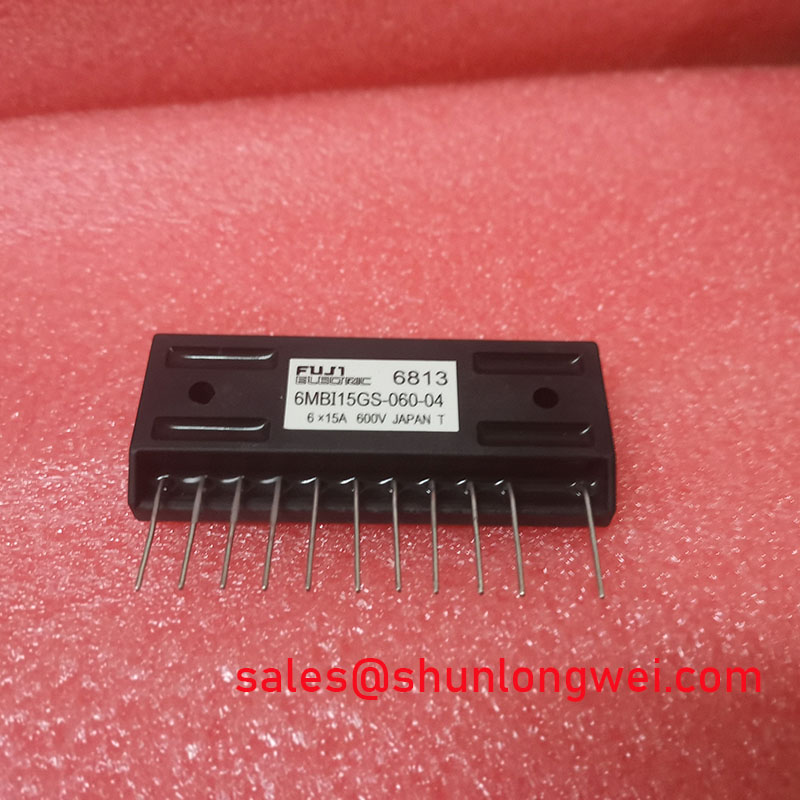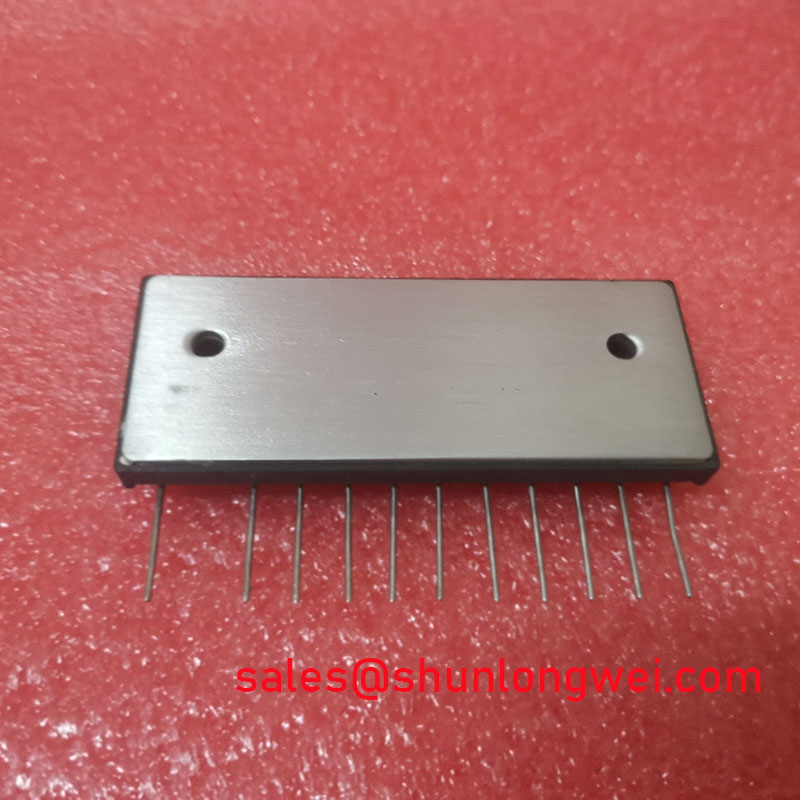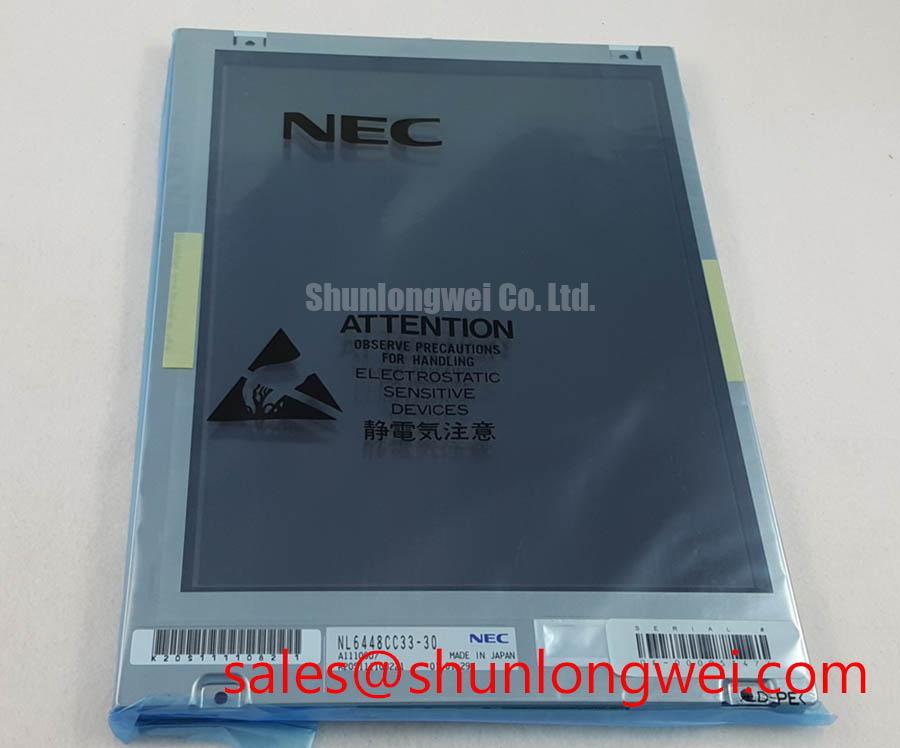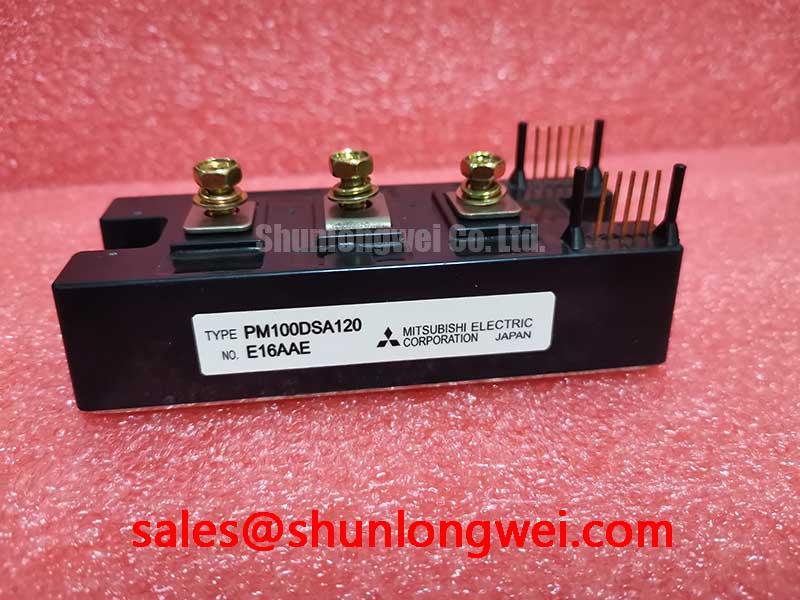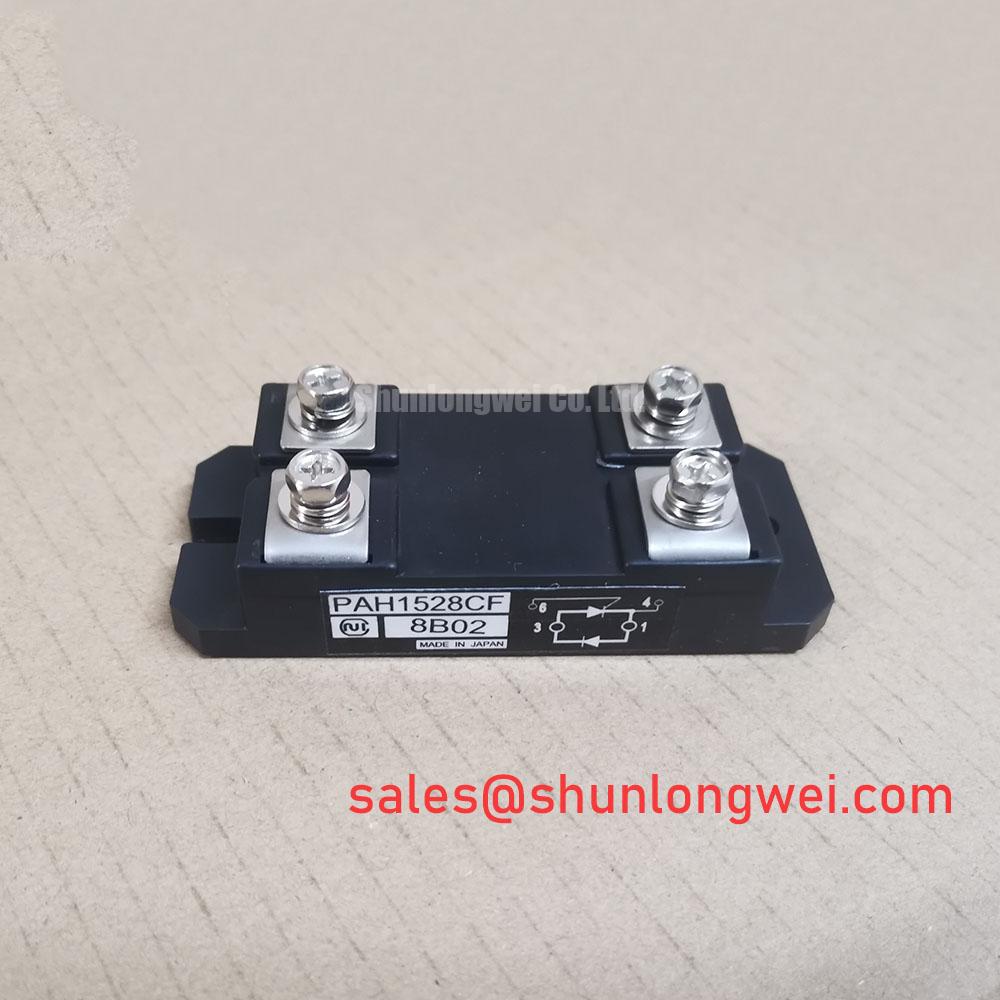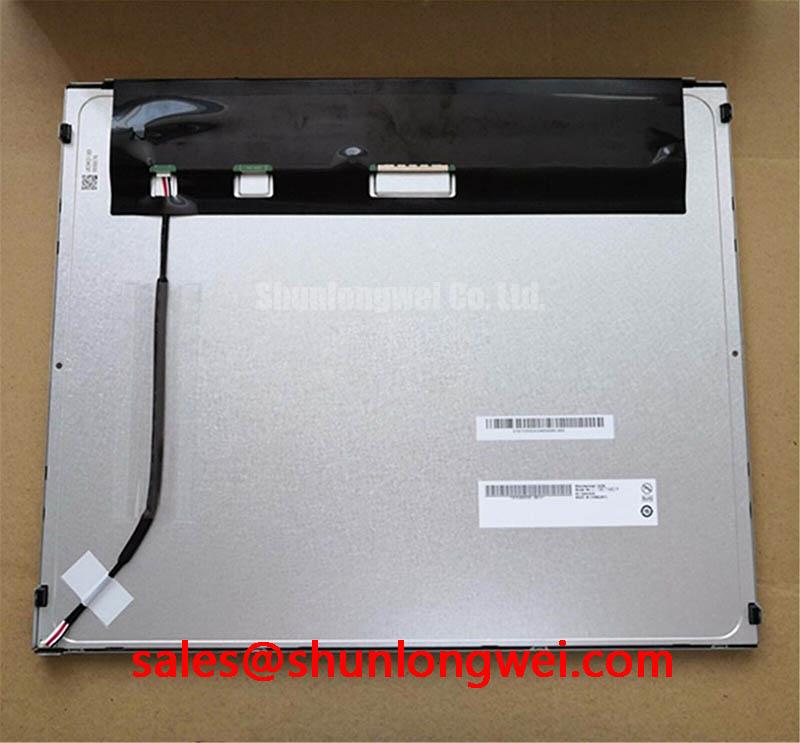Content last revised on October 29, 2025.
6MBI15GS-060-04: Technical and Application Deep Dive
An Engineering Analysis of the 15A, 600V Six-Pack IGBT Module
The Fuji Electric 6MBI15GS-060-04 is a 6-pack IGBT module designed to deliver high efficiency and reliability in low-power motor control and power conversion systems. With its core specifications of 600V | 15A | VCE(sat) (typ) 1.7V, this module provides key benefits including significantly reduced conduction losses and simplified thermal design. Its low typical collector-emitter saturation voltage directly translates into lower heat generation, enabling more compact and cost-effective system architectures, particularly in applications where space and thermal budget are critical engineering constraints.
Application Scenarios & Value
System-Level Benefits in Low-Power Motion Control and Inverters
For motor drives under 2.2 kW prioritizing efficiency and thermal stability, this 600V module is an excellent design choice. The primary value of the 6MBI15GS-060-04 is realized in applications such as small-scale Variable Frequency Drives (VFDs), servo drives, and the power stages of small Uninterruptible Power Supplies (UPS). In these systems, a key engineering challenge is managing heat within a compact enclosure, often without forced-air cooling. The module's low VCE(sat) directly mitigates this challenge by minimizing conduction losses—the dominant source of heat at the moderate Pulse Width Modulation (PWM) frequencies typical in motor control. This allows designers to specify smaller, lighter heatsinks, reduce or eliminate the need for cooling fans, and ultimately improve the overall mean time between failures (MTBF) of the end system.
This module's electrical characteristics make it a robust solution for controlling fractional horsepower motors found in conveyor systems, packaging machinery, and commercial appliances. While its 15A rating is well-suited for these applications, for systems requiring higher current handling, the related 6MBP25VAA120-50 offers an increased current capacity for more demanding loads.
Key Parameter Overview
Highlighted Specifications for Performance Evaluation
The following table highlights the critical parameters of the 6MBI15GS-060-04, which are central to its performance in power switching applications. The values are based on conditions specified in the official datasheet.
| Parameter | Symbol | Value | Conditions |
|---|---|---|---|
| Collector-Emitter Voltage | VCES | 600 V | VGE = 0V |
| Continuous Collector Current | IC | 15 A | Tc = 80°C |
| 1ms Collector Current Pulse | IC pulse | 30 A | Tc = 80°C |
| Collector-Emitter Saturation Voltage | VCE(sat) | 1.7 V (typ) / 2.3 V (max) | IC = 15A, VGE = 15V |
| Forward Voltage (FWD) | VF | 1.5 V (typ) / 2.1 V (max) | IF = 15A, VGE = 0V |
| Total Power Dissipation | PC | 60 W | Per IGBT |
| Thermal Resistance (Junction-Case) | Rth(j-c) | 2.08 °C/W (max) | Per IGBT |
Download the 6MBI15GS-060-04 datasheet for detailed specifications and performance curves.
Application Vignette
Designing a Compact, High-Reliability Servo Drive for Automation
Consider the design of a compact Servo Drive for a multi-axis pick-and-place robotic arm. The primary engineering constraints are minimizing the drive's physical footprint to allow for integration close to the motor and ensuring high reliability under frequent, high-current acceleration and deceleration cycles. The 6MBI15GS-060-04 module is a strong candidate for this scenario. Its integrated six-pack configuration in a small package reduces the required PCB area compared to a discrete solution. More critically, its low VCE(sat) directly addresses the thermal reliability challenge. During the brief, high-current phases of motor acceleration, the module's low conduction losses minimize the temperature spike at the IGBT junction, preventing thermal stress and degradation over the product's lifetime. This superior thermal performance enables a design that can be effectively cooled with a smaller heatsink, facilitating a compact final assembly that meets stringent industrial automation standards.
Frequently Asked Questions (FAQ)
What is the primary impact of the 1.7V typical VCE(sat) on system design?
A low VCE(sat) directly reduces conduction power loss (P_loss = VCE(sat) * IC), which is a major source of waste heat. This translates to lower operating temperatures, improved overall system efficiency, and allows for the use of smaller, less expensive heatsinks. This simplification of thermal management is a significant advantage in power-dense designs.
How does the integrated Free-Wheeling Diode (FWD) in the 6MBI15GS-060-04 benefit motor drive applications?
The co-packaged FWD provides a safe path for the inductive current to flow when an IGBT is switched off, protecting the transistor from damaging voltage spikes. The FWD in this G-series module is optimized with a low forward voltage drop and soft recovery characteristics, which helps to reduce diode losses and minimize electromagnetic interference (EMI).
Is this module suitable for high switching frequencies?
The 6MBI15GS-060-04 is primarily optimized for low conduction losses, which is ideal for applications with moderate switching frequencies (typically 2 kHz to 15 kHz) common in motor drives. While it can operate at higher frequencies, designers must carefully evaluate the trade-off, as switching losses (Eon, Eoff) will become more significant and may require enhanced cooling.
What are the key considerations for the gate drive circuit for this module?
A robust gate drive circuit is essential for reliable operation. Key considerations include providing the recommended gate-emitter voltage (typically +15V for turn-on, and a negative voltage like -5V to -15V for secure turn-off), ensuring low impedance gate drive paths to supply adequate peak current, and careful layout to minimize parasitic inductances that can cause voltage overshoots and oscillations.
Strategic Design Considerations
Incorporating the 6MBI15GS-060-04 into a new design offers a strategic path to achieving higher power density and reliability in the sub-2.2 kW power class. By leveraging its low-loss characteristics, engineering teams can reduce not only the direct bill of materials (BOM) cost associated with thermal components but also the physical volume of the final product. This size reduction is a competitive advantage in markets like decentralized motion control and portable power systems. Long-term system reliability is enhanced by the module's lower junction temperature fluctuations, a direct result of its efficient operation, contributing to a lower total cost of ownership for the end-user.

